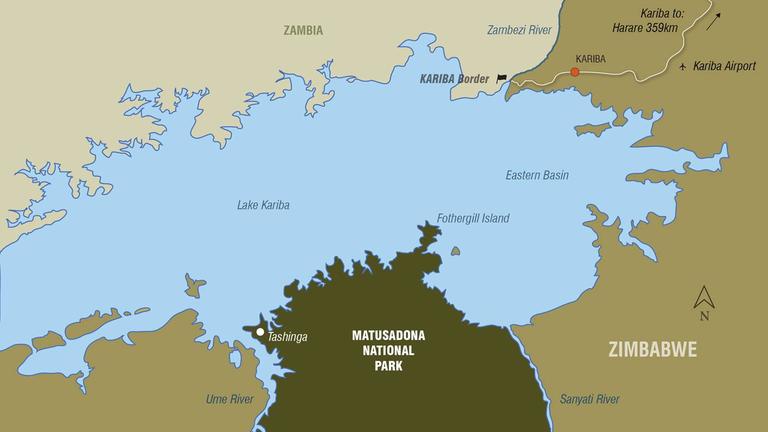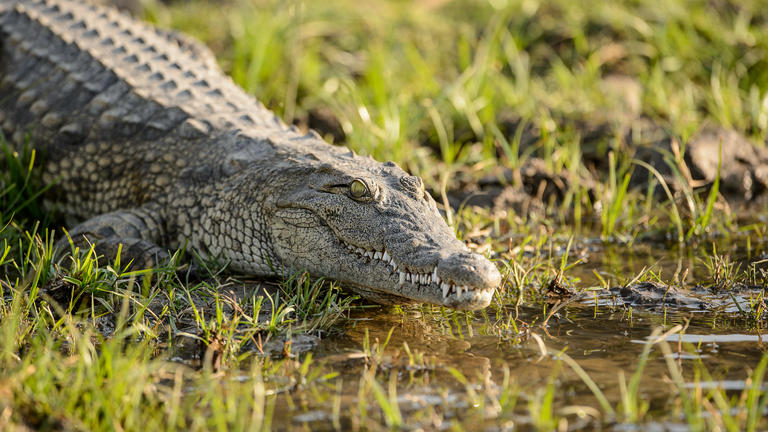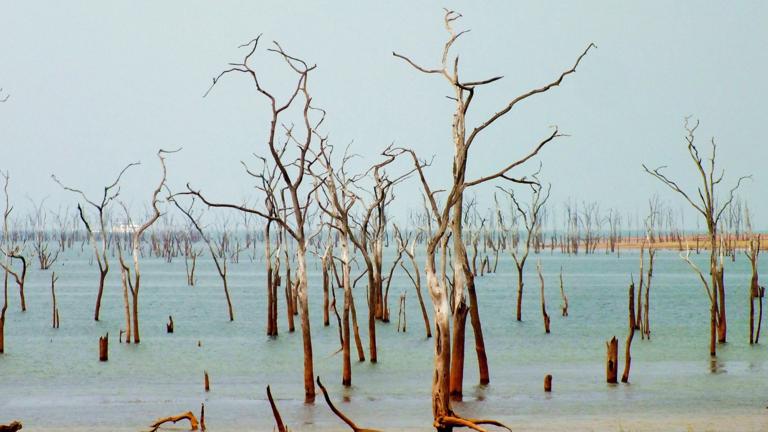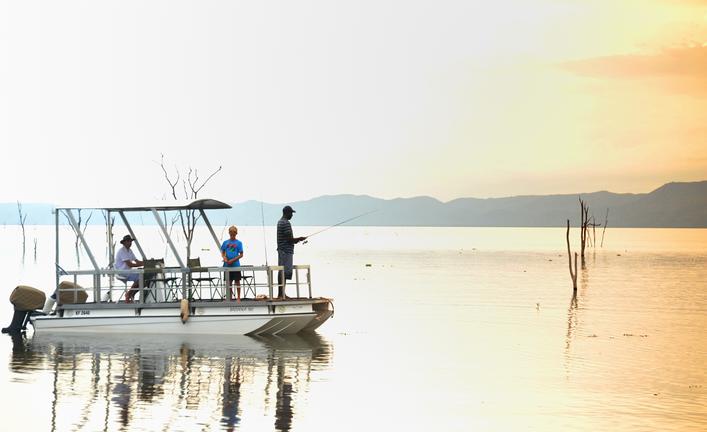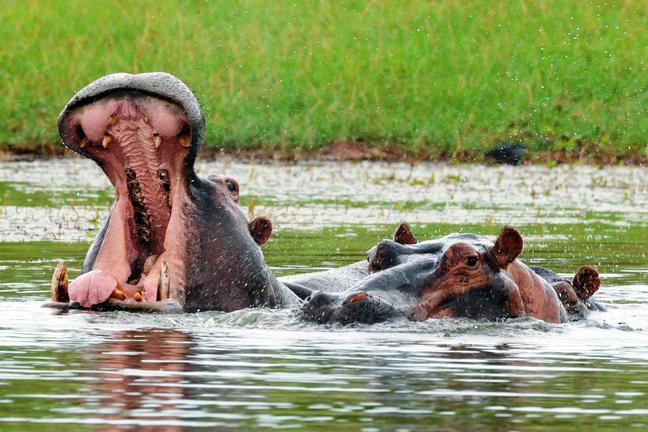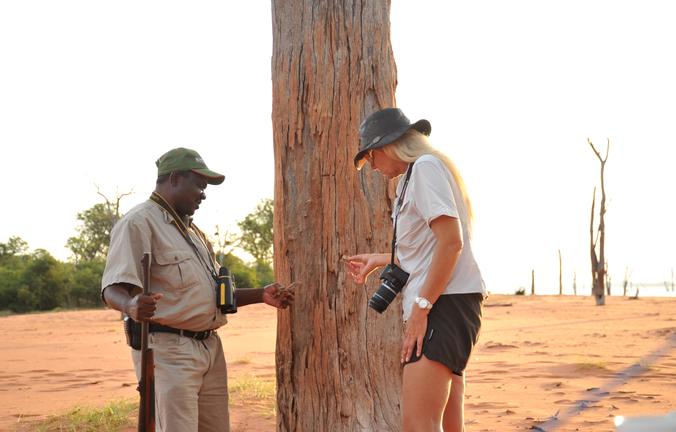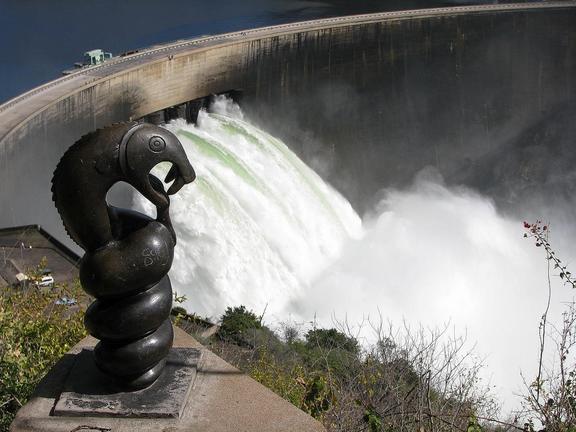Habitats
Matusadona National Park runs along the rugged escarpment valley of Lake Kariba and is made up of numerous islands, fertile floodplains and wooded hills.
The wide foreshore of the lake changes size dramatically from year to year and when low; a swathe of endemic torpedo grass is exposed, drawing large numbers of game. Further back from the water, the 600-metre escarpment rises dramatically, covered by Brachystegia and Mopane woodlands.
Seasonality
The weather here is mostly sunny and fine. From June to October it is dry and the lack of surface water inland results in a high number of animals visiting the lakeshore to drink and graze. This is the best time to visit although the heat can get oppressive in October.
The rainy season generally begins in early November and lasts through to April. During this time intermittent showers can be expected, often in the afternoon after clouds build through the morning. Fewer animals are seen along the lakeshore and weather is still warm.
Sightings
Commonly seen are large herds of elephant and buffalo, waterbuck, impala and zebra. You may see roan, sable and kudu in the lower areas of the escarpment. Lion, leopard, hyena and cheetah occur in good numbers. Matusadona is an Intensive Protection Zone for a small stronghold of endangered black rhino.
There are high numbers of Nile crocodile and hippopotamus. The park is also known for having high numbers of African Fish Eagles. The birdlife is prolific and over 350 species of birds have been identified in the Park.
The clawless otter, one of Africa's more elusive mammals, can also sometimes be seen.



